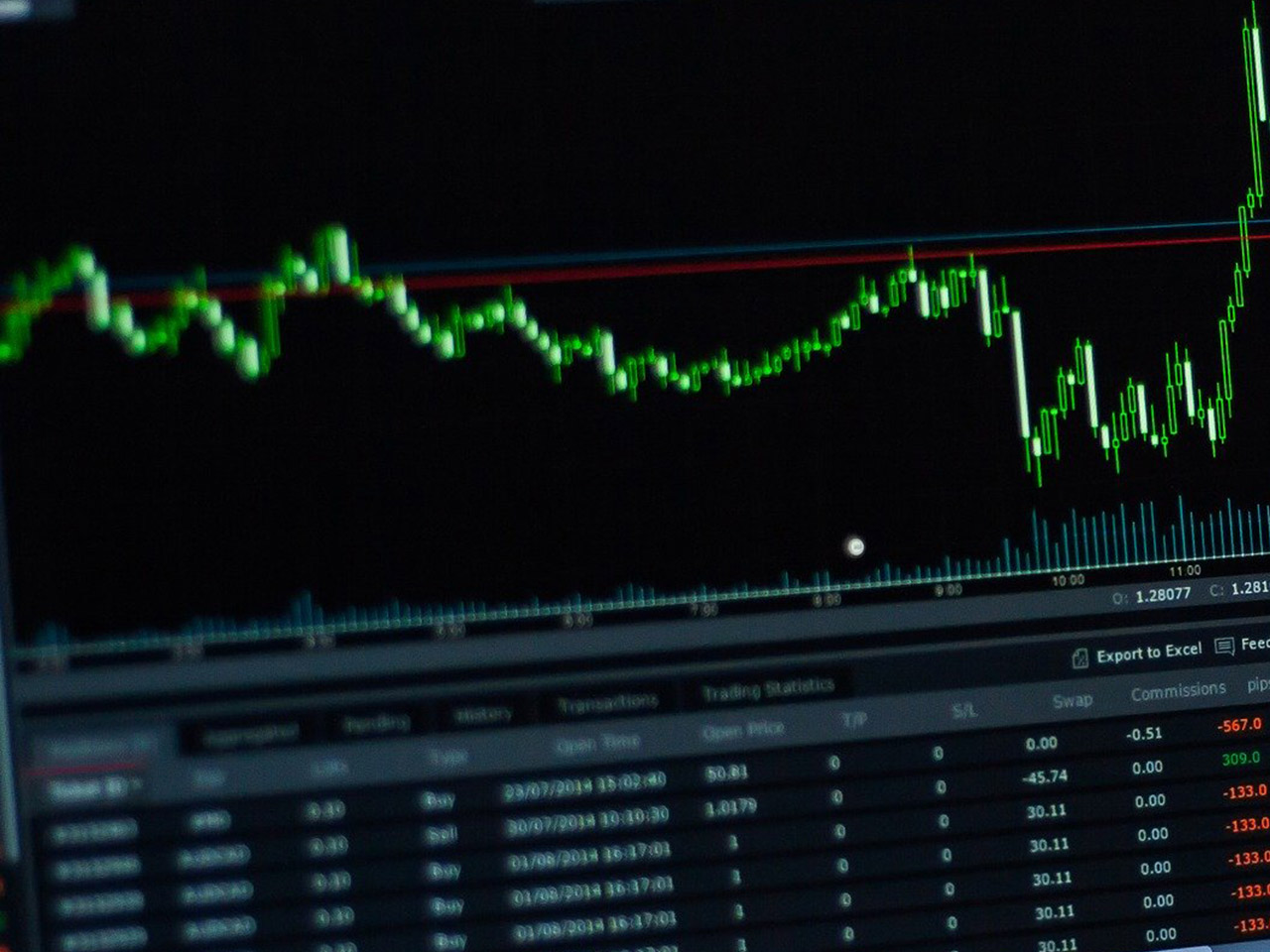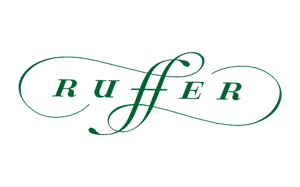Unilever PLC (ULVR.L) stands as a titan in the consumer defensive sector, showcasing a vast portfolio of well-loved brands such as Dove, Knorr, and Ben & Jerry’s. With a market capitalization of $107.69 billion, Unilever is a formidable presence in the household and personal products industry, offering stability amid market fluctuations. This article delves into Unilever’s financial health, growth prospects, and what investors can expect from this UK-based powerhouse.
**Price and Valuation Metrics**
Currently trading at 4,392 GBp, Unilever’s stock price has experienced minor fluctuations within its 52-week range of 4,340.00 to 4,881.00 GBp. The price stability is evident despite a modest price change of 8.00 GBp, which remains neutral on a percentage basis. However, potential investors should note the high forward P/E ratio of 1,401.26, indicating that the stock may be overvalued compared to its earnings, which can be a signal for cautious evaluation.
**Performance and Profitability**
Unilever’s revenue growth has seen a dip of 3.20%, highlighting some challenges in expanding its top line. Nonetheless, the company maintains a robust return on equity of 28.70%, demonstrating efficient management of shareholder funds. Free cash flow is solid at approximately $5.47 billion, providing Unilever with the flexibility to invest in growth opportunities or return value to shareholders through dividends.
**Dividend Appeal**
For income-focused investors, Unilever offers an attractive dividend yield of 3.47%, with a payout ratio of 80.12%. This high payout ratio suggests that a significant portion of earnings is distributed as dividends, underlining the company’s commitment to rewarding its shareholders. However, investors should weigh the sustainability of such payouts against the backdrop of declining revenue growth.
**Analyst Ratings and Market Sentiment**
The consensus among analysts is predominantly positive, with 13 buy ratings, 3 hold ratings, and 3 sell ratings on Unilever’s stock. The average target price is set at 5,008.80 GBp, implying a potential upside of 14.04% from its current price. This optimistic outlook reflects confidence in Unilever’s ability to navigate market dynamics and leverage its brand portfolio for future growth.
**Technical Indicators and Market Trends**
From a technical standpoint, Unilever’s stock is trading below both the 50-day and 200-day moving averages, which stand at 4,546.46 and 4,574.67 GBp, respectively. The Relative Strength Index (RSI) of 49.25 suggests a neutral position, neither overbought nor oversold. Meanwhile, the MACD indicator shows a bearish trend with a reading of -59.50, warranting careful observation for potential entry points.
**Strategic Positioning and Future Prospects**
Unilever’s diverse product segments, ranging from beauty and personal care to foods and ice cream, provide a cushion against sector-specific downturns. With a global footprint spanning Asia Pacific, Africa, the Americas, and Europe, the company is well-positioned to capitalize on emerging market growth, despite current revenue challenges.
Investors should keep a close eye on Unilever’s strategic initiatives aimed at innovation and sustainability, which could drive future profitability and market expansion. While the high forward P/E ratio may raise caution, the potential upside and solid dividend yield present an appealing proposition for those seeking a blend of income and growth in their portfolios.
As Unilever navigates economic headwinds and strives for operational efficiency, its established brand equity and market leadership could continue to deliver value to discerning investors.





































